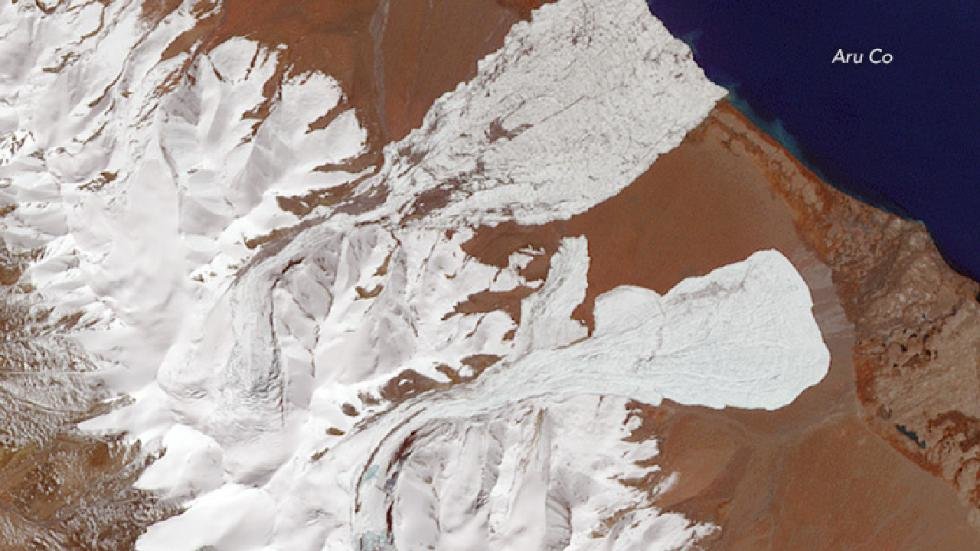OF THE
TIMES
Coulda, woulda, shoulda. It seems a bit late now to talk about an unnecessary NATO.
Is there some new sub-human species emerging on this planet? Perhaps the animals such 'human'-animals annihilate will be replaced by these same...
"prolong the agony" Yep.
"The progressive liberal world spirit has failed. It gave the world war, chaos, unrest and destroyed economies." Can't argue with that. But I...
"Israel claims Rafah is Hamas ' final stronghold," Has Israel not claimed that every place has Hamas hiding in it?
To submit an article for publication, see our Submission Guidelines
Reader comments do not necessarily reflect the views of the volunteers, editors, and directors of SOTT.net or the Quantum Future Group.
Some icons on this site were created by: Afterglow, Aha-Soft, AntialiasFactory, artdesigner.lv, Artura, DailyOverview, Everaldo, GraphicsFuel, IconFactory, Iconka, IconShock, Icons-Land, i-love-icons, KDE-look.org, Klukeart, mugenb16, Map Icons Collection, PetshopBoxStudio, VisualPharm, wbeiruti, WebIconset
Powered by PikaJS 🐁 and In·Site
Original content © 2002-2024 by Sott.net/Signs of the Times. See: FAIR USE NOTICE

Reader Comments
to our Newsletter